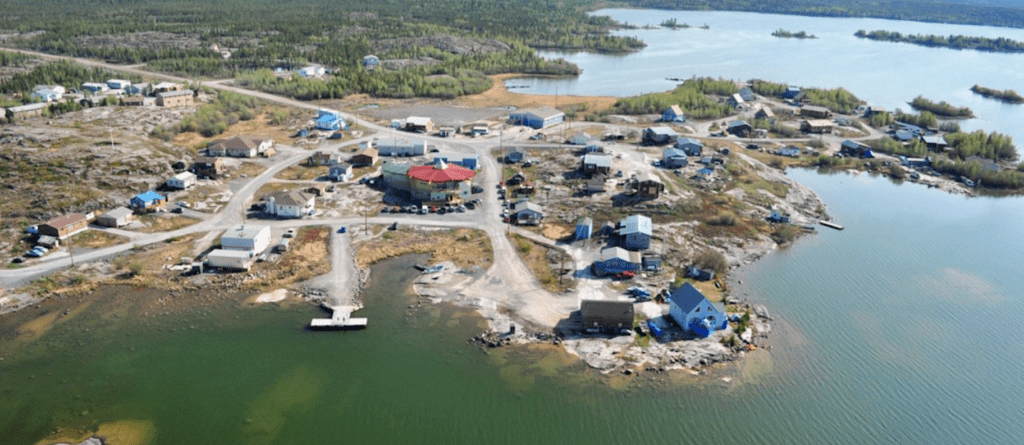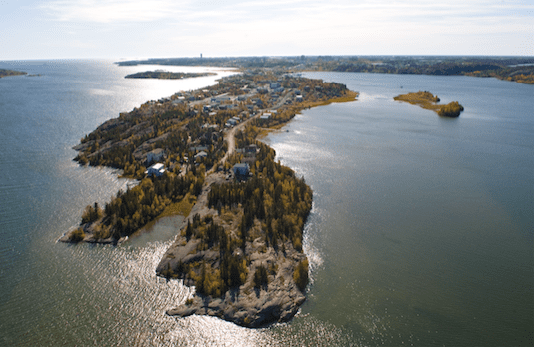Yellowknife, Ndılǫ and Dettah
Northwest Territories, Canada
Are local residents exposed to higher levels of arsenic compared to other Canadians?
What are the long-term relationships between arsenic and health effects?
The overall objective of the Health Effects Monitoring Program (YKHEMP) is to design and implement a broad health effects biomonitoring program for the populations of Yellowknife, Ndılǫ, and Dettah focusing on arsenic and other contaminants of potential concern such as antimony, cadmium, lead, manganese, and vanadium, which might result from the Giant Mine Remediation Project (GMRP).
Specifically, YKHEMP will determine current or baseline levels of arsenic exposure along with other metals before remediation work begins. Then, during remediation, new monitoring results will be compared to the baseline to ensure that participants’ arsenic levels are not increasing because of work being done at Giant Mine.
YKHEMP is designed to complement the Human Health and Ecological Risk Assessment (HHERA) study which concluded in 2017, and to meet the requirements of Measure 9 of the Mackenzie Valley Review Board’s Report of Environmental Assessment, concluded in 2014.
Together, YKHEMP and HHERA studies will provide a comprehensive overview of the levels of contaminants currently present in the human population and the environment.




YKHEMP follows the First Nations principles of ownership, control, access, and possession – more commonly known as OCAP® – assert that First Nations have control over data collection processes, and that they own and control how this information can be used.
This project is approved annually by the Ethical Board of the University of Ottawa, the Aurora College Research Ethics Committee, and the Aurora Research Institute in the Northwest Territories.
Funding provided by:

The Health Effects Monitoring Program acknowledges that our work takes place in Chief Drygeese territory. From time immemorial, it has been the traditional land of the Yellowknives Dene First Nation. We respect the histories, languages, and cultures of all other Indigenous Peoples including the North Slave Métis, and all First Nations, Métis, and Inuit.
CONTACT US:
867-445-1574
ykhemp@uottawa.ca
CONNECT WITH US:
SEARCH OUR WEBSITE:

Powered by Raven Web Services
Copyright © 2022 Health Effects Monitoring Program